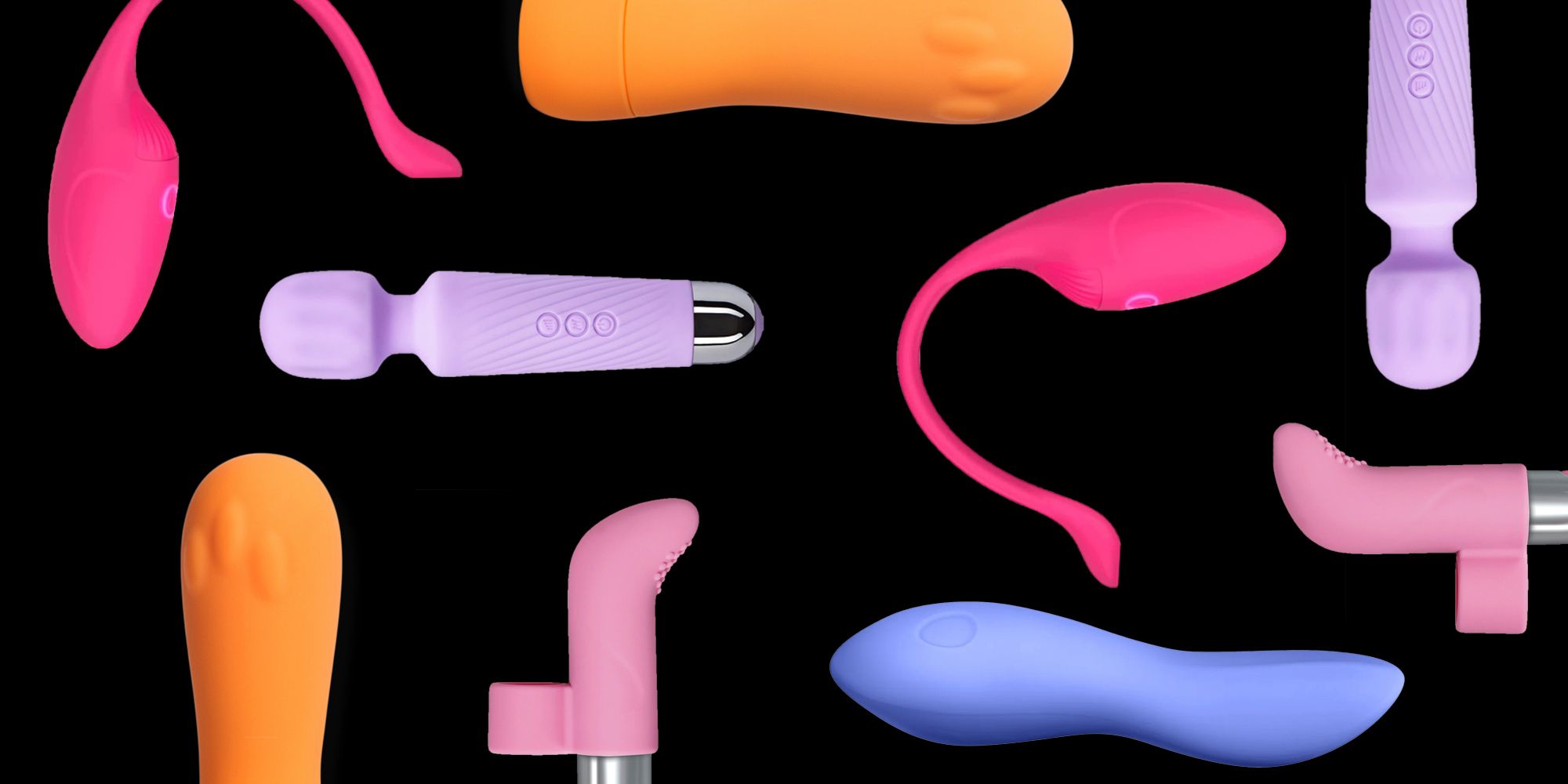Exploring the Relationship Between Sex Toys and BV

Sexual health is a crucial aspect of overall well-being, and discussions surrounding it should be approached with care, respect, and accuracy. In recent times, there has been a growing curiosity about the potential link between sex toys and bacterial vaginosis (BV). As adult sex toys in the field, we aim to delve into this topic with scientific rigor and provide insightful information for those seeking clarity.
Understanding Bacterial Vaginosis
Before delving into the relationship between sex toys and BV, it's essential to comprehend what BV is and its underlying causes. BV is a common vaginal infection caused by an imbalance of bacteria in the vagina. While it can affect anyone with a vagina, certain factors may increase the risk, including sexual activity, douching, and the use of certain products in the genital area.
Addressing Misconceptions
There is a common misconception that sex toys can directly cause BV. However, it's crucial to note that sex toys themselves do not inherently cause BV. BV is primarily caused by an imbalance in vaginal bacteria, and while sex toys can potentially contribute to this imbalance, they are not the sole culprit.
Factors to Consider
When discussing the relationship between sex toys and BV, it's essential to consider various factors that may contribute to bacterial imbalance. These factors include:
1. Hygiene Practices
Proper hygiene practices are crucial when using sex toys to reduce the risk of bacterial imbalance. This includes cleaning and sanitizing sex toys before and after each use using mild soap and water or specialized toy cleaners.
2. Material Composition
The material composition of sex toys can also play a role in bacterial growth. Non-porous materials such as medical-grade silicone are easier to clean and less likely to harbor bacteria compared to porous materials like jelly rubber or PVC.
3. Personal Hygiene
Individual hygiene habits can also impact the risk of BV. Practices such as douching or using harsh soaps in the genital area can disrupt the natural balance of vaginal bacteria, increasing the risk of infection.

Best Practices for Safe Use
While sex toys themselves do not directly cause BV, there are several best practices to ensure safe and hygienic use:
1. Cleanliness is Key
Always clean and sanitize sex toys before and after each use to minimize the risk of bacterial contamination.
2. Choose High-Quality Products
Opt for sex toys made from high-quality, body-safe materials such as medical-grade silicone to reduce the risk of irritation and bacterial growth.
3. Practice Safe Sex
If sharing sex toys with a partner, ensure they are properly cleaned and protected with a condom to prevent the spread of bacteria.
4. Monitor for Symptoms
Be aware of any symptoms of BV, such as unusual discharge, odor, or discomfort, and seek medical attention if necessary.
Conclusion
In conclusion, while there is no direct causative link between sex toys and BV, it's essential to prioritize hygiene and safe practices when incorporating sex toys into sexual activities. By following proper cleaning protocols and being mindful of personal hygiene, individuals can enjoy the benefits of sex toys while minimizing the risk of bacterial imbalance and infections.
